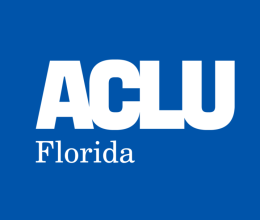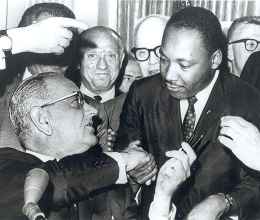
This report examines the rates of rejected vote-by-mail (VBM) ballots cast in Florida’s 2018 General Election. It provides statewide VBM rejection rates cast by age cohorts, racial and ethnic groups, overseas (military and civilian) voters, domestic military voters, and first-time voters. It compares these rates across Florida’s 67 counties. We find that younger voters, first-time voters, and voters from racial and ethnic minorities are much more likely to cast VBM ballots that are rejected by county Canvassing Boards.
A high rate of overseas voters also have their VBM ballots rejected, particularly military voters stationed overseas, but also those stationed in the U.S. There exists substantial variation across the state’s 67 counties in the rejection rates of VBM ballots, indicating a non-uniformity in the way VBM ballots are verified by SOEs and county Canvassing Boards. The report also finds continued problems with the processing of VBM ballots initially deemed invalid by SOEs due to a mismatched or missing signature on voter’s certificate on the return envelope, but highlights the best practices employed by Pinellas County to allow voters to cure these ballots that are initially "rejected as illegal."
Principal Findings
- In the 2018 general election, as in past elections, Florida voters were much more likely to have their vote tabulated and validated if they cast their ballot in person at an Early Voting site or at their assigned Election Day precinct than if they cast a mail ballot (commonly referred to as “Vote by Mail” (VBM) ballot or absentee ballot);
- Younger, first-time, and racial and ethnic minority voters, as well as overseas and military voters, who cast VBM ballots are all at least twice as likely as older and white voters to have their VBM ballot rejected in the 2018 general election;
- Despite changes in the ability of voters to ’cure’ their rejected VBM ballots, the likelihood of younger and minority voters casting a mail ballot that was rejected increased in 2018 compared to 2016, while the rejection rate of VBM ballots cast by white voters decreased from 2016;
- There is continued variation in the rejection rates of VBM ballots cast across the state’s 67 counties.
Download and read the below.
Read our report: Let Florida Vote: Coronavirus is only the newest barrier to voting in Florida



